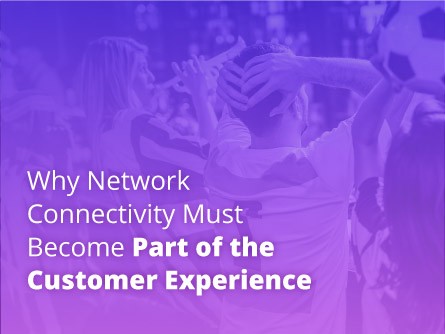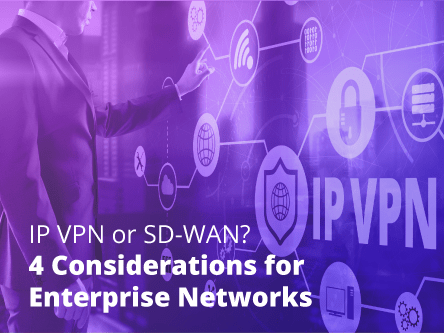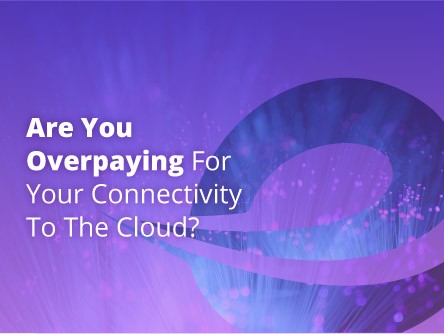As consumers, we want to be connected anytime, anywhere. Having the ability to access the Internet for work emails, social media, digital services and media content has become an important part of our daily lives. More people are watching videos online and it is expected to grow, with forecasts predicting it to make up 82% of Internet traffic by 2021. It has become natural for us to turn on the TV and stream videos online, everything from movies to major sporting events like the FIFA World Cup.
Recently in Australia, there was outrage among football fans when a leading Australian telco was unable to resolve technical issues on its World Cup 2018 streaming services. Thousands of people were stranded in a state of constant buffering, unable to watch the matches and soon took their anger onto social media. The problem became so big that it even grabbed the attention of the Australian Prime Minister Malcolm Turnbull.
So how do companies find themselves in such massive business and brand-impacting situations and what can telecommunications do to eliminate these instances in the future?
To start with, we are experiencing unprecedented demand in growth for anything internet. The global average internet connection speed has increased 15% from 2016 to 2017 to keep up with demand. With the need for speed, also comes the need for greater capacity required by the increasing number of internet users which grew to 4 billion this year.
The adoption of cloud applications including entertainment has driven not just a need, but a new level of experience expectation. Demand for application streaming is rising and consumers are hyper-sensitive to slow digital experience. We are already at a point where there is zero tolerance for any downtime. Inevitably, whether at work or at home, we find it harder to cope with bandwidth constraints inhibiting performance.
Failing to meet experience expectations could be detrimental to the ongoing success of service whilst providing exploitation opportunities to competitors. Beyond losing customers and credibility, the monetary loss can be tremendous for any business that cannot meet the needs of today’s digital consumer.
From a consumer perspective, I understand the frustration of not being able to stream the world’s biggest sports event, but connectivity outages for certain businesses and industries could have far greater consequences. Such outages can disrupt critical business and public services.







